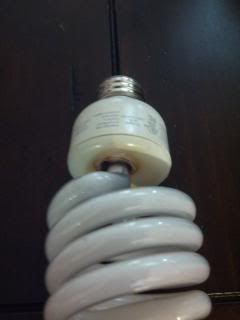Originally Posted By: xfactor9
I'd like to know how anyone is spending $28/month on just lighting. Are you using football stadium floodlights or growing something in the house? At $0.12 per kw/hr, that's 7.5kw per day which is a lot. So unless you're paying significantly more than that rate, something doesn't make sense.
If you would have both read and comprehended the posts I made, you'd know that we have a very large home. We also entertain guests frequently, during which time we turn on both the main level lighting, lower level lighting and the outdoor lighting. That adds up to about 60+ bulbs running when large crowds are here several times each month. Even when we're home by ourselves we generally have the can lights in the ceiling on, which can be 20 or 30 bulbs. Just the ceiling lights alone went from 50W halogen bulbs to 5W LED bulbs. If you spend a minute doing the math, using a conservative 30 bulbs number takes the energy consumption from 1500 watts to 150 watts. That's not including all of the regular lighting fixtures, the outdoor lighting fixtures (including all the bulbs on the pergola over the outdoor kitchen that went from 40W to 3W).
Originally Posted By: 2010_FX4
I have had just the opposite experience with CFL. I replaced incandescents with CFL in the most used lights in the house and after over 6 years, they are just now beginning to fail. On a recent trip to Colorado, we found 40 and 60 watt equivalent CFLs for 88 cents for a 4 pack and so for less than $10 (the cost of 1 LED)
That assumes that you're willing to settle for the cheap CFL and their long warm up time and poor color rendering. It's also important to note that there are a number of styles in which CFLs are not available, not well suited for, and non-dimmable CFLs should never be used with dimmable switches. Needless to say you won't find either dimmable CFLs, 3 way CFLs, or GU10 CFLs in your 88 cent price range, and converting switches and housings over increases the cost.





